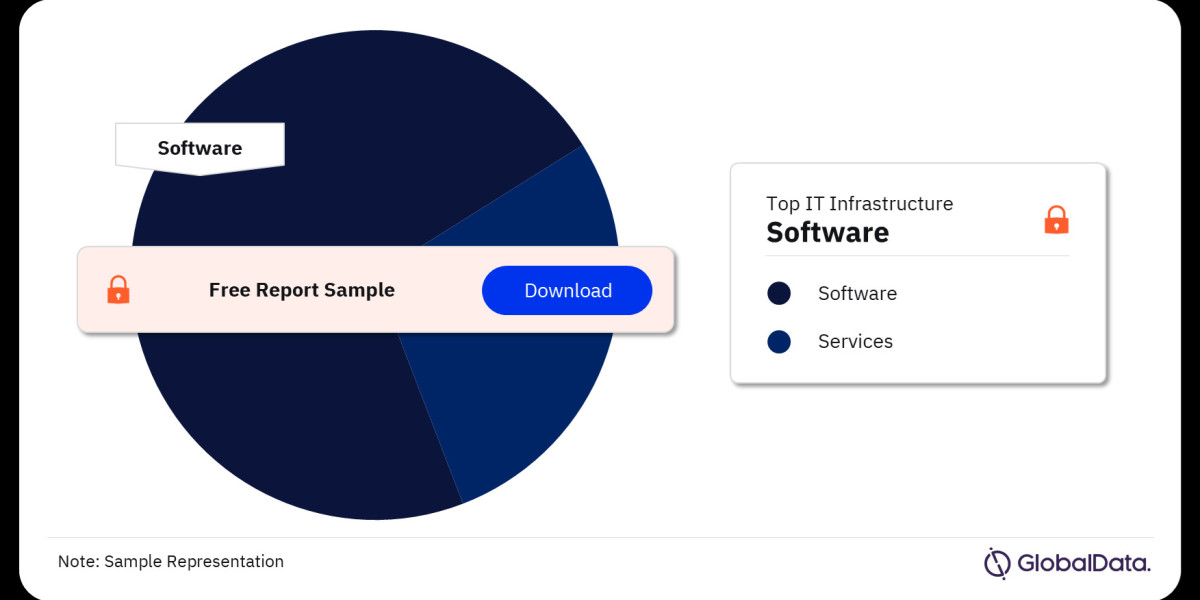This is where simulation software steps in, acting as a powerful tool to create virtual representations of real-world scenarios. The simulation software market, driven by this need for digital testing and analysis, is experiencing tremendous growth.
Market Size and Trends
The global simulation software market is projected to reach staggering heights. Estimates suggest it will reach anywhere between USD 33.5 billion by 2028 [1] to USD 40.5 billion by 2030 [2], with a consistent Compound Annual Growth Rate (CAGR) ranging from 11.83% to 13.6% [1, 2]. This growth is fueled by several key trends:
Rising R&D Investments: Businesses across industries are ramping up their research and development (R&D) efforts. Simulation software offers a cost-effective and efficient way to test and refine designs before physical prototypes are built, leading to significant cost savings and faster time-to-market.
The Need for Enhanced Efficiency: Optimizing processes and maximizing efficiency are constant goals across sectors. Simulation software allows for the evaluation of different scenarios and the identification of bottlenecks, enabling businesses to streamline operations and improve productivity.
The Rise of Automation and AI: The integration of automation and Artificial Intelligence (AI) with simulation software is opening new doors. AI can analyze vast amounts of simulation data, leading to more accurate predictions and better decision-making.
Focus on Sustainability: Environmental concerns are driving the need for sustainable practices. Simulation software can be used to model eco-friendly designs and processes, minimizing environmental impact.
Key Applications of Simulation Software
The applications of simulation software are vast and extend across numerous industries. Here are some prominent examples:
Engineering: Simulation software is a cornerstone of modern engineering. It is used for designing and testing everything from aircraft and automobiles to bridges and buildings. Software can simulate stress, heat flow, and other physical phenomena, helping engineers create safe and reliable products.
Manufacturing: Optimizing production lines and minimizing downtime are crucial for manufacturers. Simulation software allows for simulating production processes, identifying potential issues, and optimizing workflows for maximum efficiency.
Urban Planning: Cities are complex ecosystems. Simulation software can be used to model traffic flow, pedestrian movement, and even the spread of diseases. This data helps urban planners design efficient and sustainable cities.
Healthcare: Simulation software is revolutionizing medical training. It allows for creating realistic simulations of medical procedures, enabling doctors and surgeons to hone their skills in a safe, controlled environment.
Aerospace and Defense: The aerospace and defense industries rely heavily on simulation software for designing and testing aircraft, spacecraft, and weaponry. It allows for simulating extreme conditions and evaluating performance before real-world deployment.
Major Players in the Simulation Software Market
The simulation software market is a competitive landscape with established players and innovative startups vying for market share. Some of the key players include:
Siemens AG
Rockwell Automation Inc.
Schneider Electric SE
Autodesk Inc.
Ansys Inc.
Dassault Systèmes
MSC Software Corporation
ESI Group
AnyLogic
Tecnomatix
These companies offer a wide range of simulation software solutions catering to diverse industry needs.
Factors Influencing Market Growth
While the future of the simulation software market appears bright, several factors can influence its growth trajectory:
Technological Advancements: The constant evolution of computing power, graphics processing units (GPUs), and cloud computing will enable developers to create increasingly sophisticated and realistic simulation software.
Evolving User Needs: As user needs become more complex, the industry will need to respond with specialized solutions tailored to specific applications.
Data Security Concerns: With the increasing reliance on simulation software, data security becomes paramount. Companies will need to ensure robust security measures to protect sensitive information.
Standardization and Interoperability: The lack of standardization across different simulation software platforms can create compatibility issues. Increased efforts towards standardization and interoperability will enhance collaboration and data exchange.
The Future of Simulation Software
The future of the simulation software market is brimming with exciting possibilities. Here are some trends to watch out for:
The Rise of Cloud-Based Simulation: Cloud computing offers several advantages, including scalability, accessibility, and reduced upfront costs. Cloud-based simulation software will become increasingly popular, making it easier for businesses of all sizes to leverage its benefits.
Buy the Full Report for Additional Insights on the Simulation Software Market Forecast, Download a Free Sample



